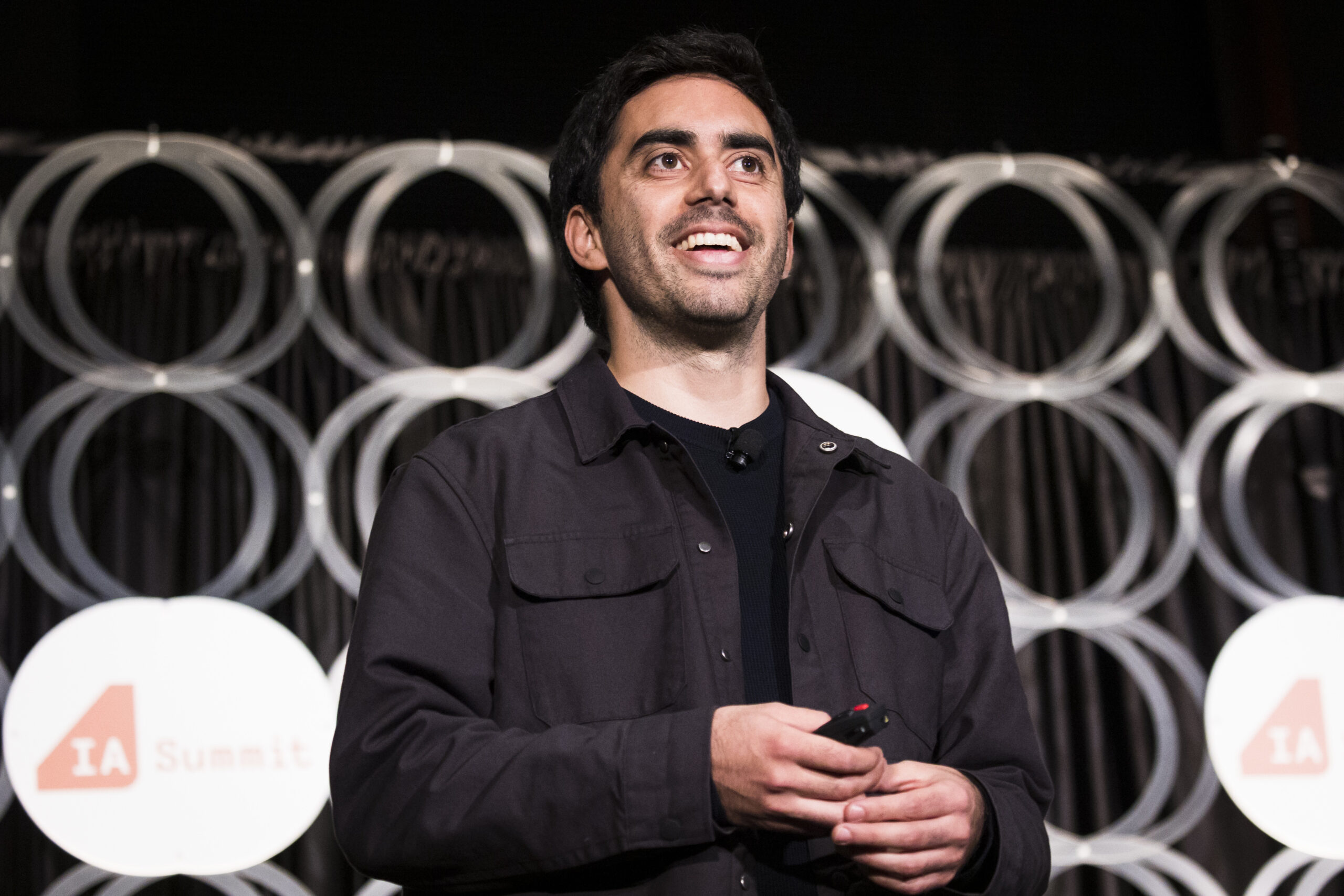
With the rise of more and more broad-based generative AI applications, such as ChatGPT, Jasper, RunwayML, and Lensa, that are getting a lot of buzz, usage, and media coverage, the hype about generative AI is palpable and at somewhat of a peak point. As Brian Chen explained in a recent NYT piece, AI feels as fun and exacting now as smartphones and social networks did when they first emerged — some might call it an “iPhone moment” or “Internet moment.”
People are experimenting with writing news articles and papers, and our social media feeds continue to be flooded with AI-generated images. But beyond these heavily consumer-driven apps focused on increasing efficiency, quality, and quantity of marketing-type content, much of the world is blissfully unaware of what generative AI can actually do for them.
I think generative AI is simultaneously overhyped and underhyped right now. It is overhyped in the sense that everybody in tech is talking about it, and companies keep popping out of the woodwork. But, it is underhyped in that people don’t yet realize how deeply AI is going to be woven into the daily fabric of our lives in the not-too-distant future.
Overhyped
The sense in the broader tech community right now is: “Oh my gosh, everything is going to become AI-driven,” which is driving a wave of curiosity, learning, experimentation, and innovation. This is great because it will likely lead to a tremendous amount of disruptive innovation from large technology companies, existing startups, and a slew of new startups. But what will become long-standing, value-generating, sustainable companies – the jury is out!
Early use cases have caught the media and tech community by storm — people are writing blog posts and essays and generating images based on a few prompts. Just look at the open-sourced spreadsheet NFX assembled mapping the various startups in generative AI and you can see the hype generative AI is creating. And these types of generative AI applications have caused investors to pump huge amounts of money into new companies. According to the NY Times, investors pumped $1.37 billion into 78 deals in 2022 — almost as much as they invested in the previous five years combined!
- Jasper, A generative AI startup focused on copywriting founded in 2021, raised a massive $125 million round in October with a $1.5 billion valuation.
- But then ChatGPT launched at the very end of November, and according to a tweet from OpenAI CEO Sam Altman had over 1 million users less than one week later. The bot can create anything from emails to poetry to long-form essays based on a few bullets.
- Lensa, the maker of the “magic avatars” that will create a new photo out of a batch of selfies, jumped into news circuits at the end of November when it launched that new capability and AI-generated profile pictures flooded Instagram. According to TechCrunch, the application quickly jumped the ranks in the app stores, ending November with 1.6 million downloads – up 631% from October.
- Then, of course, Microsoft announced Monday that it will be investing “multibillion dollars” in OpenAI (The company behind ChatGPT and DALL-E 2).

But the success of some of the generative AI companies rolling out now could already be short-lived with the news that Microsoft will likely be working all this same OpenAI technology into its Microsoft 365 (Office) and Bing products. I’m sure we’ll see it in Google Docs, Notion, Coda, and many others. It is clear to me that GPT-based technology will be table stakes for enterprise applications.
The NFX’s list, which came out just last month, includes more than 500 companies. But as my colleagues Sabrina Wu and Vivek Ramaswami explained in a recent issue of Aspiring for Intelligence — as with any other competitive market in the history of commerce, the companies that survive (and thrive) are the ones who can build deep and endurable moats, whether they be at the foundation model layer, infrastructure, and tooling, or end-user applications.
That leads me to the underhyped side of generative AI.
Underhyped
The potential for generative AI goes well beyond marketing and content creation when you look at industries like financial services, healthcare, legal, and the like. People underestimate what is possible when generative AI is applied in a domain-specific manner.
A healthy debate is underway about whether the world will have a small number of large language models (LLMs) or whether there will be a proliferation of these models. I am a big believer that there will be a proliferation of models as people fine-tune them with proprietary and domain-specific data.
It is clear to me that GPT-based technology will be table stakes for enterprise applications.
Once these large language models, known as foundation or generative models, are trained with domain-specific data — or fine-tuned — to make it more relevant to a vertical industry’s specific use case, so many more doors can open, including automation, personalization, and predictions. While this is a bit underhyped right now, I believe we will start seeing the hype transfer to these areas that are not as exciting for the general public as creating a profile picture in the form of a Renaissance-style painting, but that could have huge influence on the business world. I also believe that this hype transfer means value generation for those companies that deeply understand their vertical market and the workflows of their customers.
Some of our own portfolio companies are already experimenting with what they can do with out-of-the-box generative AI within their own specific domains to augment what they have already been doing for customers.
Last month, Lexion, a legal tech startup that offers a contract management system, built an AI Contract Assist using GPT-3, the foundation model behind the famed ChatGPT. Lexion’s Word add-on automatically generates clause descriptions, inserts clauses from prior contracts, suggests redlines for review, and summarizes clause language.
Yoodli uses artificial intelligence to help people improve their public speaking skills. Previously Yoodli used heuristics to measure the number of ums, uhs, filler words, pacing, etc. Over the last few months, they’ve launched features using GPT-3 to generate direct feedback and rephrase a speaker’s transcript as a coach would. The company has said they were able to drastically accelerate its AI roadmap with GPT-3.
But the opportunity also goes so much deeper than creating an application on top of these generative models. We need companies that will help fine-tune models for specific domains. Companies that will provide a container-like environment to allow users to make use of foundation models without the current heavy lifting involved. I expect a lot of innovation in these areas that help stitch the model and application worlds together. My colleagues recently dove more deeply into that — what we call the tooling layer, which has a critical gap keeping us from realizing the true promise of foundation models.
Once we get past the hype about image generation and emails that write themselves, I think we’ll quickly start to see companies and innovation filling the gaps that will take generative AI to the next level. If you are a founder building applications, models, tooling, or anything in the generative AI space and would like to meet, get in touch!
